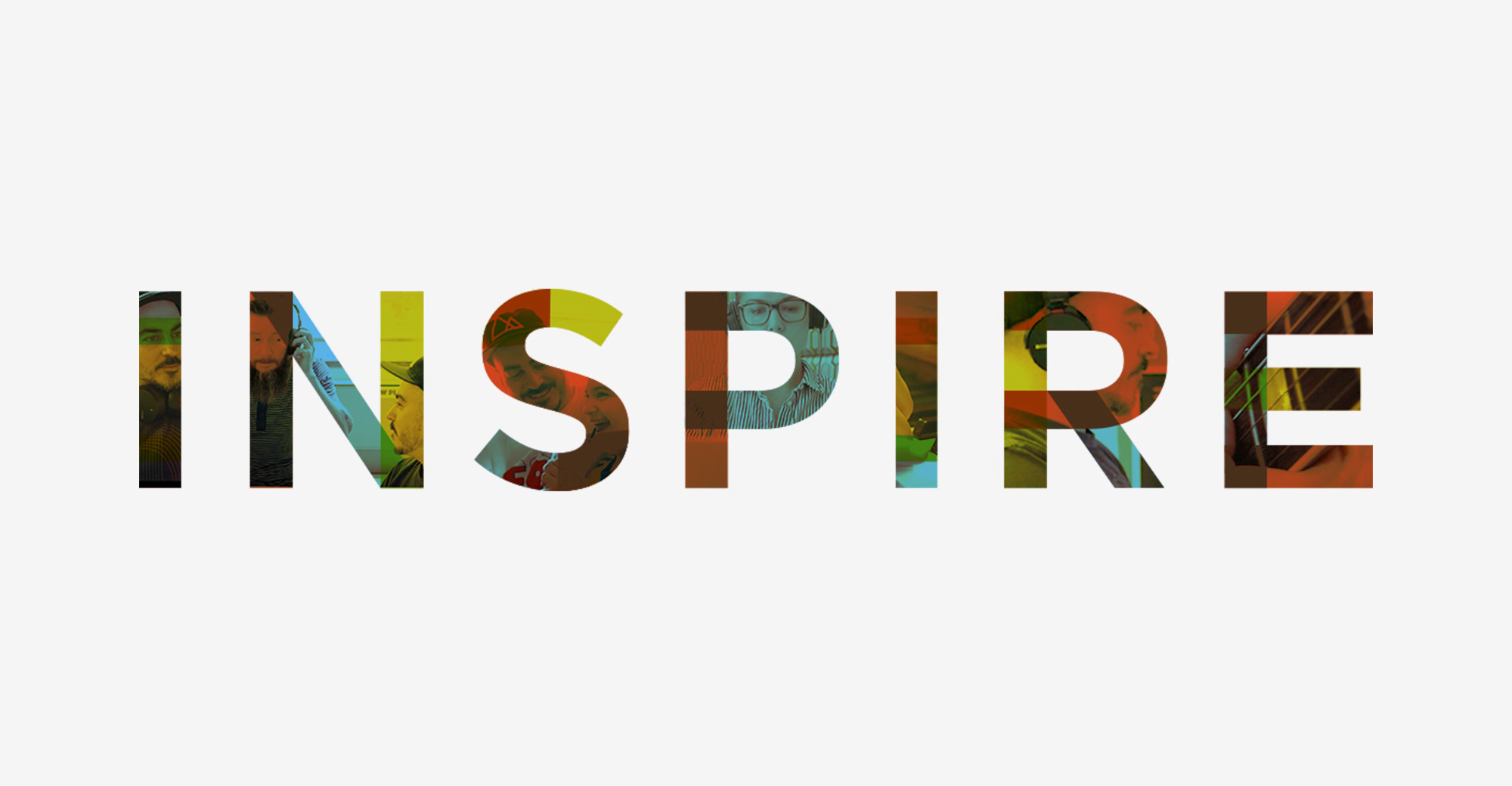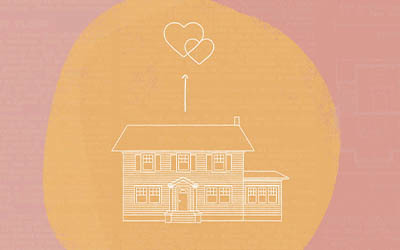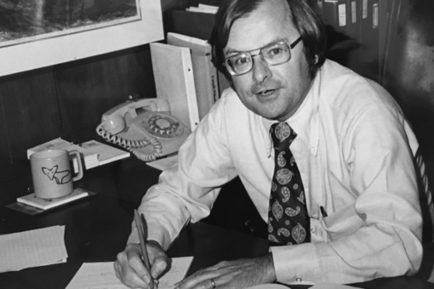Inspiration
We launched our Inspire series a few years ago to tell stories behind the talent at Wray Ward — their passion projects, their care and love for others or their fight for something meaningful. Now, we’re excited to share the next chapter of Inspire: intimate portraits of people from outside our agency walls whose passion and influence are shaping the home and building category we serve. In the coming months, we’ll introduce you to some of these innovators, thought leaders and change-makers through written content, photos and video.
First, meet Erin Gallagher, chief of insights at the Research Institute for Cooking & Kitchen Intelligence (RICKI). Erin is a creative thinker, kitchen enthusiast, interior design expert and self-proclaimed cultural anthropologist. With more than 15 years of experience in designing quantitative and qualitative market research, she is an incredible asset to kitchen product manufacturers. Her work at RICKI has influenced and inspired top brands including Broan-NuTone, GE Appliances, LG and many others.
Erin is a member of The Cul-de-Sac, Wray Ward's advisory panel dedicated to the home and building category. Fueled by the collective brainpower and experience of respected thought leaders, The Cul-de-Sac is an engine for proprietary, provocative research and thought leadership topics.
We sat down with Erin to talk about kitchen trends, creativity, what inspires her and more.
Tell us a little about your work at RICKI. Why is market research so important for kitchen brands?
I think RICKI brings a unique perspective that kitchen brands cannot find at other market research firms. As far as I know, we are the only market research firm focused solely on the kitchen. Our members receive four studies throughout the year, and they have a voice in research topic selection.
One of the most interesting aspects of RICKI and the work we do is that we invite members to be part of the process and learn from other businesses. Members and non-members also have unique opportunities such as tracking services and a design panel that brands love.
With all the unique backgrounds at RICKI, we are able to offer a broad perspective on a wide variety of industries and a depth of knowledge that comes with our extensive experience.
We recently completed our Remodelers 360 study, which showed that the influence of industry professionals has increased to an all-time high. We surveyed 1,000 homeowners, and 90% said they changed their minds during the kitchen remodeling process. That’s a double-digit increase since we last asked the question in 2018. Meanwhile, consumers are more likely to choose a certain brand based on their designer’s or contractor’s recommendation. While homeowners turn to social media for design inspiration, they recognize the talent and expertise of designers and trust their take.
You’re a self-proclaimed cultural anthropologist. Can you tell me a little about that?
I often wish I had gone to college to be an anthropologist rather than a business major. I am fascinated by the (field). My favorite forms of market research are focus groups and in-home studies. In-home studies allow me to come into people’s homes to watch and film how they do things. I’m able to pick up on things people do that they wouldn’t report in a survey, because they don’t even realize they are doing it.
When we come into people’s homes, we ask them to continue as normal, so we can get a more accurate picture. It’s always fascinating to see and observe. If I could just do ethnographic research, I would.
You lead a group that developed a proprietary ideation process for generating breakthrough innovation. What does that process involve?
We get together with teams that are as diverse as possible in terms of background and business titles to focus on one specific challenge. For example, we might be looking at research data to find a need to innovate around. Through a wide variety of techniques and tools, we lead them in discussion, working toward a conclusion that, in most cases, equals an innovative new product.
A range of really innovative products has emerged from these conversations and activities. It is always fun to see when these products turn up in the press, and we get to say we’ve had a part in that.
Sadly, with the COVID-19 pandemic, we haven’t been able to offer the sessions. It’s hard to conduct innovation sessions virtually, but hopefully, we will be able to bring them back in the near future.


